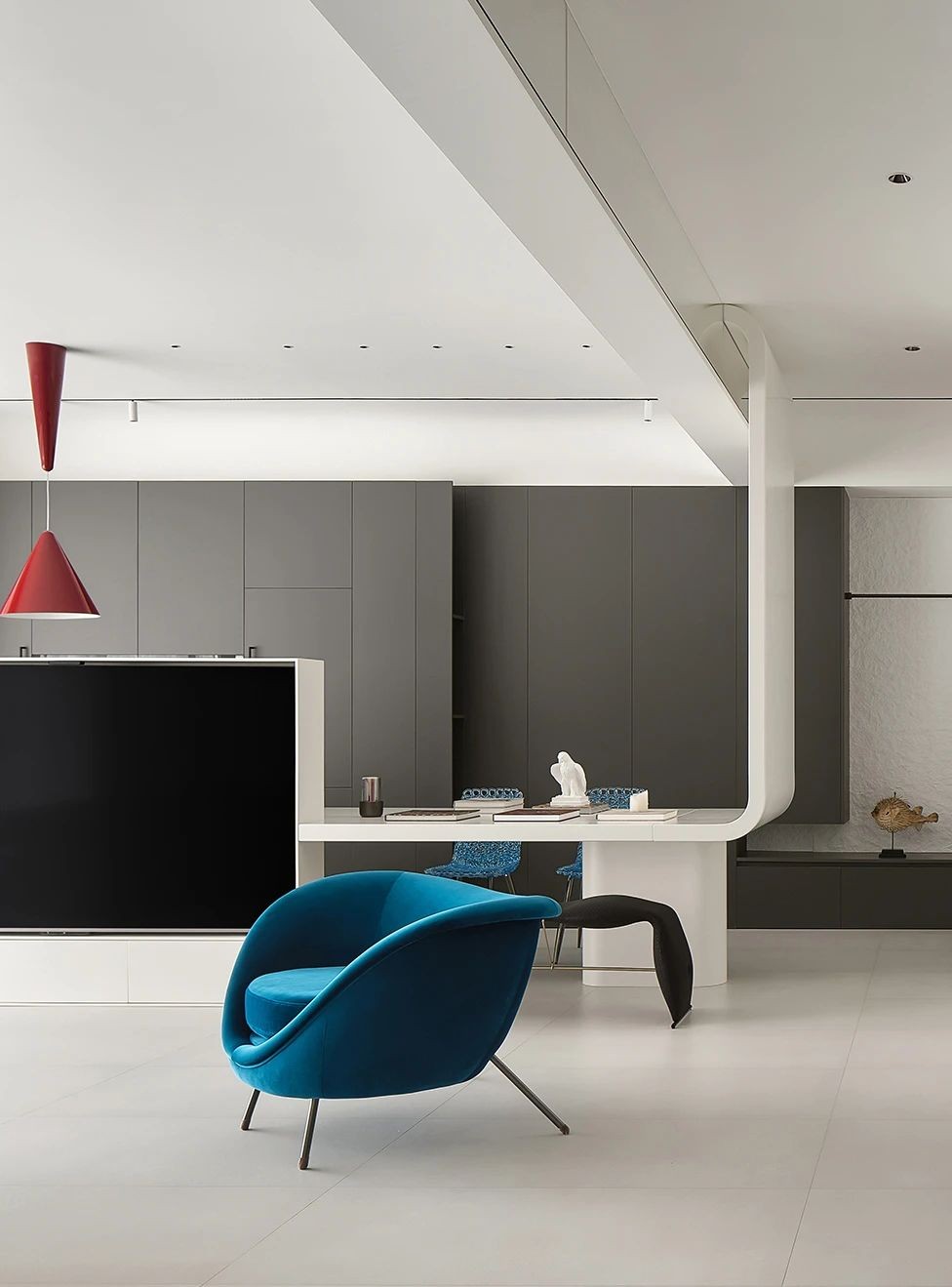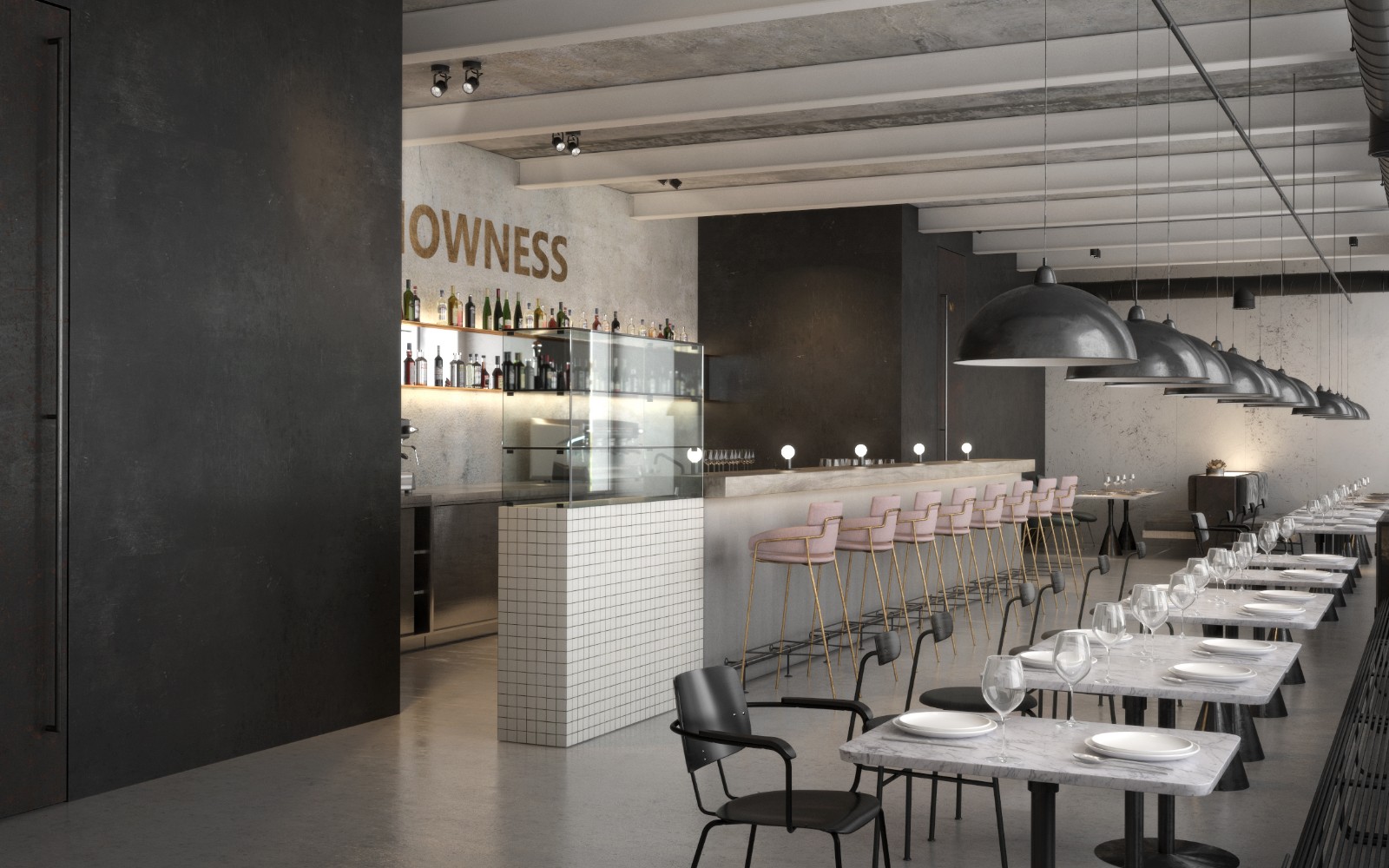BigO CODA
2013-10-05 00:00
CODA(ComputationalDesignAffairs)是加州大学(Universitat Politècnica de Catalunya)的一个研究小组。他们的研究重点是通过计算设计来创建和优化轻量级结构。他们的最终目标是通过技术效率来减少建设的生态足迹。他们还认为,技术发展必须是民主的,解决办法必须是普遍可行的。他们最近的研究集中在利用木结构的弹性变形,即用几何方法驯服木材的弹性变形能力,以便更容易、更有效地形成轻壳。
CODA (Computational Design Affairs) is a research group from UPC (Universitat Politècnica de Catalunya). Their research is focused on the creation and optimization of lightweight structures through computational design. Their ultimate goal is to reduce the ecological footprint of construction through technological efficiency. They also believe that technological development must be democratic, and solutions must be universally accessible. Their recent research focuses on the use of the elastic deformation of wooden structures, that is, to geometrically tame the elastic deformability of wood to form light shells easily and efficiently.
CODA成员Enrique Soriano和Pep Tornabell被邀请参加每年在匈牙利举行的HelloWood节,将年轻的设计师和建筑师聚集在一起围绕木材建筑。在8名学生的帮助下,他们进行了为期一周的研究,开展了Bigo项目,这是一种环形木壳。其目的是建立一个简单的单元刚性结构,其策略是用薄、直和平的板条制作一个薄的双曲壳。用平板条建造表面的一个简单方法是使它们在一束测地线上流动。
CODA members Enrique Soriano and Pep Tornabell were invited to participate in HelloWood festival, held each year in Hungary and bringing together young designers and architects around wood construction. For a week and with the help of 8 students, they stepped forward in their research by conducting the project BigO, a toroidal wooden shell. The aim was to build a rigid structure with simple elements, and the strategy was to make a thin double curved shell from thin, straight, and flat slats. A simple way to build a surface with flat slats is making them flow on a beam of geodesics.
在环面上,寻求最优的测地线曲率,并在两个方向旋转,形成两束共轭曲线。该项目是在夏季讲习班期间进行的,因此寻求了简单的建设性解决办法。这一限制迫使了一个务实的解决方案:该结构是由100件完全相同的10.5米的部件组装而成的,这些部件是在为这个项目专门建造的相邻的桌子上制造的。这些石板大约有4米长,其长度为1×10厘米,因此必须进行组装、切割和标记。纯数字制造不是由机器人完成的,而是由热情的学生完成的,精度很高。这些细节和设计都是与学生一起做的,并在现场实验了具体的材料。
On the torus, the optimal geodesic curvature was sought, and it was rotated in both directions, creating two beams of conjugated curves. The project took place during a summer workshop, so simple constructive solutions were sought. This restriction forced a pragmatic solution: the structure was built with the assembly of 100 identical pieces of 10.5 meters that were manufactured on a adjacent table built specifically for this project. The slats were approximately 4 meters, with a section of 1 x 10 cm, so they had to be assembled, cut, and marked. Pure digital manufacturing not done by robots but by enthusiastic students with much precision. Both the details and the design were done with the students, experimenting with the specific material in-situ.
这次经历得出了两个结论。第一种情况是,表面的反碎屑和顺碎屑曲率的组合在大地测量学上产生了一个曲率,从而导致了条带的弯曲,此外还有一个令人惊讶的大扭矩使整体变得坚硬,尽管局部削弱了元素。因此,成功地实现了保持低技术形象以取得高效率成果的目标。第二,如果节日周围没有非常好的气氛,同样的结果也是不可能实现的。与其他团体进行研究、交流、实施和学习建设性解决办法的经验是非常有益的。
The experience led to two conclusions. The first is that the combination of anticlastic and synclastic curvature on the surface produced a curvature on the geodesics that induced bending in the strips, in addition to a large torque that surprisingly stiffened the ensemble, despite locally weakening the element. Thus, the goal of maintaining a low technology profile for a high efficiency result was successfully achieved. The second is that a similar result would not have been achieved without the extraordinary good atmosphere around the festival. The experience of research, exchange, implementing and learning constructive solutions with the other groups was highly rewarding.
 举报
举报
别默默的看了,快登录帮我评论一下吧!:)
注册
登录
更多评论
相关文章
-

描边风设计中,最容易犯的8种问题分析
2018年走过了四分之一,LOGO设计趋势也清晰了LOGO设计
-

描边风设计中,最容易犯的8种问题分析
2018年走过了四分之一,LOGO设计趋势也清晰了LOGO设计
-

描边风设计中,最容易犯的8种问题分析
2018年走过了四分之一,LOGO设计趋势也清晰了LOGO设计




























































